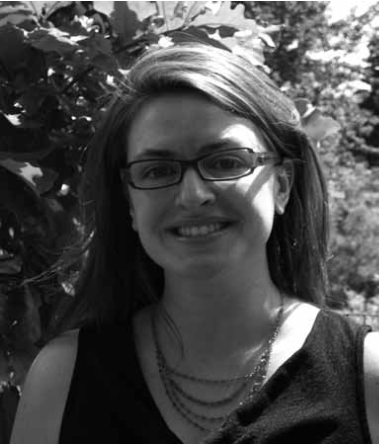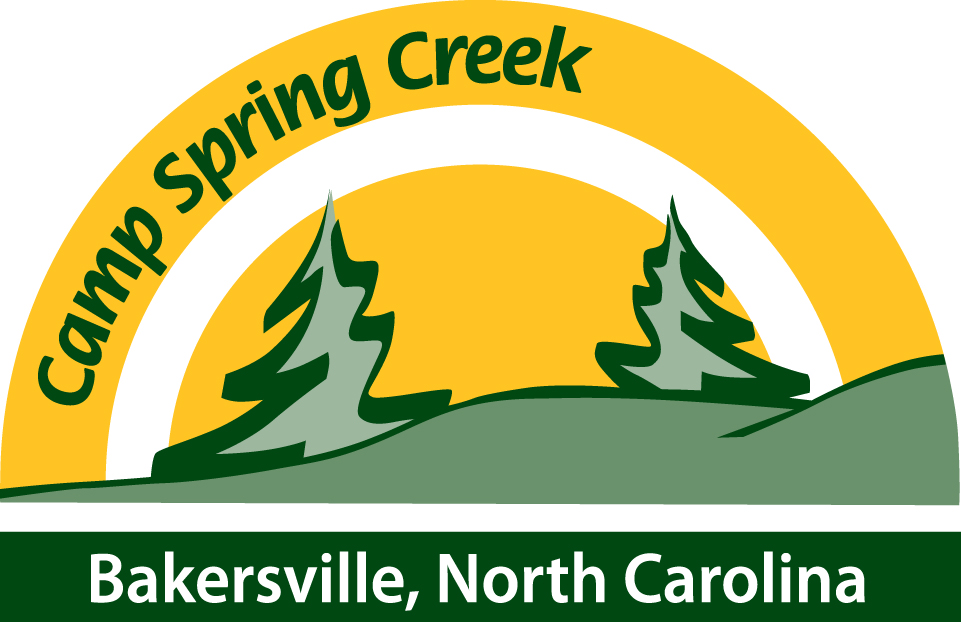 Today’s interview is with inspiring individual Alison Awes. She directs the AMI Elementary training course at the Montessori Center of Minnesota and at Assoziation Montessori Schweiz in Lucerne, Switzerland. She is also the Co-Director of Elementary Training at the Maria Montessori Institute in London. Alison holds AMI diplomas for Primary and Elementary levels, a B.A. in Art History from Smith College, an M.A. in Latin American Studies from Tulane University, and a M.Ed. in Montessori Education from Loyola University in Maryland. She has taught in both six-to-nine and nine-to-twelve classrooms. Alison is an AMI examiner and has served on the boards of private and charter Montessori schools, as well as other organizations including the AMI Elementary Alumni Association. Ms. Awes attended Montessori school until the age of twelve.
Camp Spring Creek: How did you find your way into this particular niche area of overlap between OG and Montessori?
Today’s interview is with inspiring individual Alison Awes. She directs the AMI Elementary training course at the Montessori Center of Minnesota and at Assoziation Montessori Schweiz in Lucerne, Switzerland. She is also the Co-Director of Elementary Training at the Maria Montessori Institute in London. Alison holds AMI diplomas for Primary and Elementary levels, a B.A. in Art History from Smith College, an M.A. in Latin American Studies from Tulane University, and a M.Ed. in Montessori Education from Loyola University in Maryland. She has taught in both six-to-nine and nine-to-twelve classrooms. Alison is an AMI examiner and has served on the boards of private and charter Montessori schools, as well as other organizations including the AMI Elementary Alumni Association. Ms. Awes attended Montessori school until the age of twelve.
Camp Spring Creek: How did you find your way into this particular niche area of overlap between OG and Montessori?
Alison Awes: I’m dyslexic and I went to Montessori school as a child in the 70’s and 80’s, when there wasn’t much awareness about dyslexia or processing disorders. It wasn’t until I was in college and my younger brother was in middle school and he was diagnosed with dyslexia, that I made the connection. A lot of things came together for me at that time and I went and got tested as well. So much opened up for us as a family at that point and the pieces fell into place.
I moved on to art history and eventually art education, but I felt my specialization was too narrow. I went home and had lunch with my old Montessori schoolteacher in Minneapolis, and he suggested Montessori training. Once I got into the classroom, my own experience with my own learning was finally able to support the psychology and development of the children I was teaching.
I didn’t take OG training until much later. As you know, Montessori started in many ways with special needs children. So much of what she discovered was born from this idea of different learning styles. Eventually, when I took OG training, I saw that the principles there were the principles I was already using in Montessori—for example, multi-sensory work. I saw very clearly that the vast majority of the principles in both of these systems were working together.
CSC: How have you integrated OG principles into your Montessori classrooms?
AA: Because I work mostly with adults who are training to be Montessori teachers now, I’ll share how I’ve worked with them. When I teach trainees, I teach that we need to remember that every child is a learner and we’re there to nurture that. We can’t make them learn, but we can create the psychological and physical environment for their optimum development. That’s true for children with dyslexia as much as it is true for any other learner--a child with a physical impairment, a child with no hindrances at all, etc.
My hope now is that my trainees take those principles and use that to support all of what they do. If 3-year-old children aren’t attracted to rhymes, that’s something a teacher needs to take note of. Just because a child isn’t reading yet, doesn’t mean a teacher can’t have his/her eyes open to see who is at risk. It’s the awareness piece that I’m able to bring to my trainees.
CSC: You wrote a phenomenal article about dyslexia and the Montessori classroom that details Congress’ National Reading Panel results, which in large part included recommendations that are very Montessori or OG related. Yet the results were sometimes criticized, and other times what they suggest has been hard to actually implement in the public school system. Why is that?
AA: This speaks to the bigger question about education in the United States right now. Over and over, we see this newfangled something that’s supposed to be the save-all in education. For example, “Oh let’s all be multi-sensory!” or “Let’s arrange our classrooms in tables instead of desks!” and this one trick will fix everything. It’s very difficult to get people to shift their thinking about how children learn.
There are also financial and political factors—textbook companies, taxes. For Montessorians and OG folks who are so passionate about what we do, there’s also a lot of “buyer beware” in the marketplace. Anyone can throw a Montessori sign on their door, but it may not have anything to do with the true, certified Montessori principles. OG has to face that somewhat as well. But if the neighborhood school with the Montessori/OG sign on its door does a poor job, that can lead to misconceptions.
Our educational system is rooted in the factory model. It was designed to help children who only went to school if they couldn’t find work on the farm. They were told that “children are seen, not heard.” None of that had to do with the child as his/her own person. Trying to break those molds is really tricky. What it boils down to is respect for the child and we’re not very good at that as a society. We’re good at putting a child in a playpen or in front of technology so the parents aren’t bothered. These things are really ingrained, even in the most well-intentioned parents. As a society, we have to look at that, too.
CSC: For our readers who may not be familiar with Maria Montessori's training methodology, your article offers a quick glance: "Teachers study observation theory and practice specific observation techniques so that once leading their own classroom, they are prepared to consider different learners’ approaches in context and devise strategies based on their knowledge of the different ways in which learning can work. Teachers learn about the nature of the child, including her sensitive periods, psychological characteristics, and human tendencies. In this manner, Montessori teachers already have preparation for noticing, and then meeting, the specific needs of any individual learner in their charge." Are there ways in which this method, proven to meet the needs of children of all learning styles--and dyslexic children in particular--can be integrated into the traditional university teacher training programs? How, specifically, and who is at the forefront of this integration right now?
AA: Integration is a tough one. Our early university classes (Intro to Education, Intro to Psychology) don’t often mention Maria Montessori. I think just having a mention in those kinds of survey courses would be a great place to start.
There are some universities where you can get an AMI certification and a master’s at the same time—Loyola University Maryland, Saint Catherine University in Saint Paul, and I believe in San Diego and Hartford as well—but it’s still two separate things. You have a Montessori certificate and you have a Master’s in Education. There are also other places where folks are trying to get AMI training count towards a teaching degree for the public education system.
One of the things our students at Saint Catherine’s do is actual research. This addresses an area as Montessorians that is really lacking—and that is published, credible research. We need more documentation for society to start to make advances. That’s what people respond to and if we want to see change, we’ve got to start there.
I do think that whenever the day comes that a person can get their Montessori training and their state license to teach in a way that doesn’t require two master’s degrees, that’s when we’re really going to open doors.
